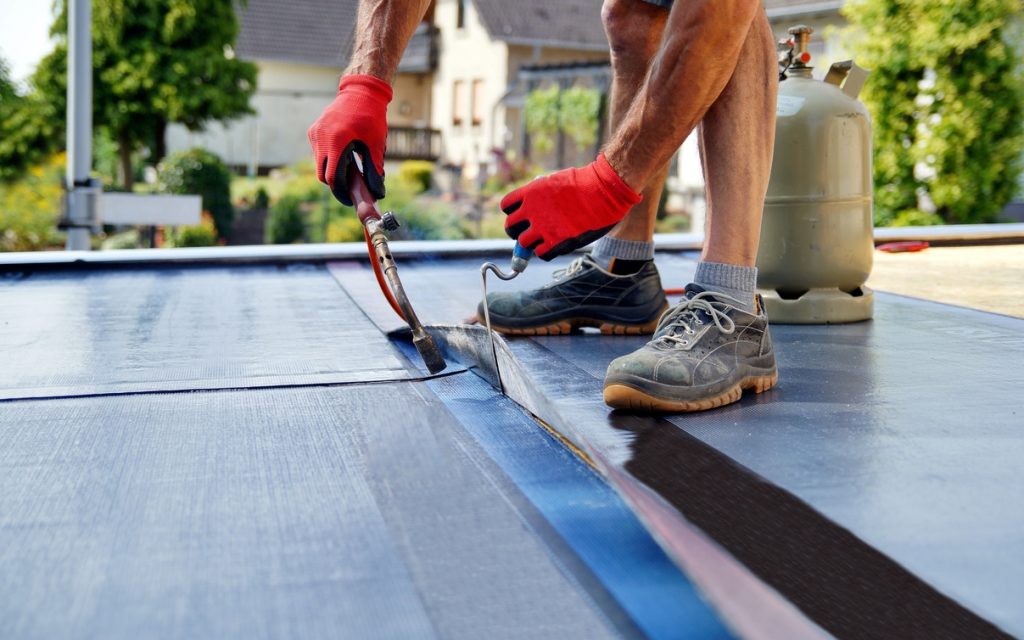When it comes to replacing a flat roof, many property owners are curious about the time it takes to complete the project. The duration of a flat roof replacement depends on several factors, including the size of the roof, the materials used, and the complexity of the installation. In this article, we will explore the various factors that can affect the timeline for replace a flat roof, giving you a better understanding of what to expect during the process.

Factors Affecting the Duration of Flat Roof Replacement
1. Roof Size: The size of the flat roof plays a significant role in determining the time required for replacement. Larger roofs naturally take more time to remove the old roofing materials and install the new ones. Smaller roofs, on the other hand, can generally be replaced more quickly.
2. Roof Complexity: The complexity of the flat roof also affects the timeline. If your roof has multiple levels, angles, or unique features such as skylights or rooftop equipment, it may require additional time and effort to complete the replacement. These complexities can add to the overall project duration.
3. Weather Conditions: Weather conditions can have a significant impact on the timeline for flat roof replacement. Inclement weather, such as rain, snow, or high winds, can delay the installation process, as it is crucial to ensure a dry and stable working environment for the roofing crew. In some cases, the project may need to be rescheduled or postponed until the weather improves.
4. Access and Logistics: The accessibility of the roof and the logistics involved in transporting materials and equipment to the work site can influence the timeline. If the roof is difficult to access or if there are limitations in maneuvering equipment, it may take longer to complete the replacement.
Timeline for Flat Roof Replacement
While it is challenging to provide an exact timeframe for every flat roof replacement project due to the varying factors involved, a general timeline can give you an idea of what to expect:
1. Preparation: The initial stage involves preparing the site, ensuring safety measures are in place, and removing any existing roofing materials. This process typically takes one to two days, depending on the size and complexity of the roof.
2. Installation: Once the preparation is complete, the installation of the new flat roof begins. This phase involves laying down the appropriate underlayment, insulation, and roofing material. The duration of the installation can vary significantly depending on the size of the roof, the materials used, and the complexity of the project. On average, it can take anywhere from a few days to a couple of weeks to complete the installation.
3. Finishing Touches: After the roofing material is in place, the finishing touches, such as edge flashing, sealants, and gutter installation, are addressed. This stage typically takes a day or two to complete.
4. Clean-up and Final Inspection: Once the installation is finished, the roofing crew will clean up the work site, remove any debris, and conduct a final inspection to ensure the roof is properly installed. This process usually takes a day.
Conclusion
The time it takes to replace a flat roof depends on various factors, including the size of the roof, complexity of the project, weather conditions, and logistics. While it is challenging to provide an exact timeline for every situation, understanding these factors can help you anticipate the duration of the project. Consulting with a reputable roofing contractor is crucial, as they can assess your specific needs, provide a more accurate timeframe, and guide you through the flat roof replacement process.



Leave a Reply